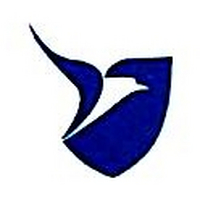b

Thank You!
Your requirement has been sent, we will contact you quickly!
Sent Failed!
Try again!
Myclobutanil
Chinese synonym: 2 - (4-chlorophenyl) - 2 - (1H, 1,2,4-triazole-1-methyl) hexanitrile; Dinitrazole, Xiansheng; 1 - (4-chlorophenyl) - 2 - (1h-1,2,4-triazole-1-methyl) hexanitrile; 2 - (4-chlorophenyl) 2 - (1h-1,2,4-triazole-1-methyl) hexanitrile; Dinitrazole; 2 - (4-chlorophenyl) - 2 - (1h-1,2,4-triazole-1-ylmethyl) hexanitrile; Dinitrazole standard in toluene; Nitriconazole wettable powder 10%
English Name: myclobutanil
CAS No.: 88671-89-0
Molecular formula: C15H17ClN4
Molecular weight: 288.78
EINECS No.: 922-940-9
Control object: nitridazole is used to control ascomycete, semiintellectual and basidiomycete diseases of many crops, and to control powdery mildew, scab and other diseases on cucumber, pear, apple, grape, banana and wheat.

